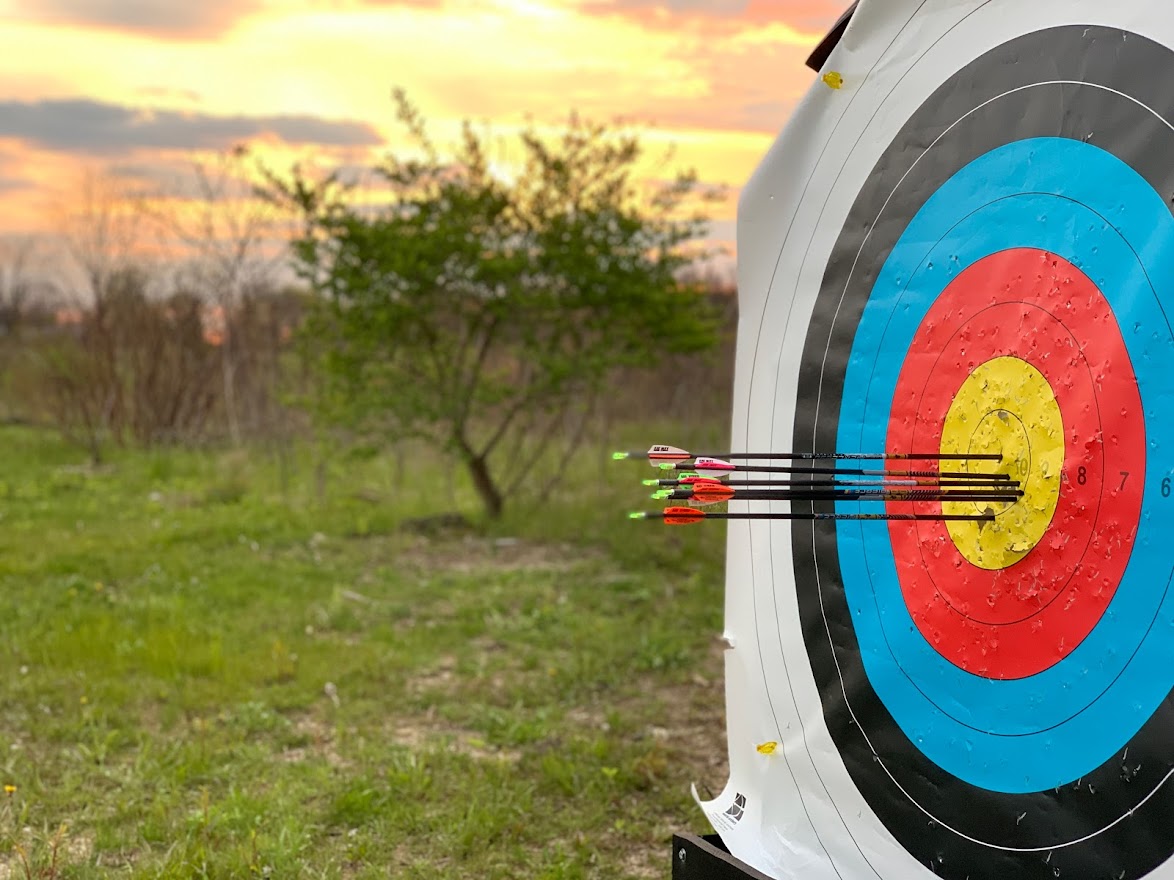Optimize Your Archery Accuracy With These Bow Stabilizer Strategies
One vital aspect that can dramatically influence your efficiency is the appropriate usage of bow stabilizers. Whether you are a seasoned archer looking to improve your abilities or a newbie eager to enhance your precision, understanding these bow stabilizer techniques might be the trick to hitting your mark with exceptional consistency.
Advantages of Making Use Of Bow Stabilizers
Making use of bow stabilizers can considerably boost an archer's accuracy and general efficiency by lessening bow torque and resonance. Furthermore, bow stabilizers wet vibration, which not just improves the comfort of capturing but likewise protects against the bow from jumping upon launch, hence helping in keeping proper objective.
Furthermore, bow stabilizers can assist in holding the bow consistent, especially during gusty problems or when shooting from longer distances. The included weight at the front of the bow gives stability and balance, enabling the archer to concentrate on aiming without the diversion of bow movement. In general, the advantages of making use of bow stabilizers expand beyond just accuracy, improving the archer's experience and efficiency in numerous shooting scenarios.
Choosing the Right Bow Stabilizer
Choosing the proper bow stabilizer is crucial for optimizing your archery devices and enhancing shooting efficiency. When picking a bow stabilizer, there are numerous variables to take into consideration to ensure you locate the appropriate fit for your needs. Firstly, think about the weight of the stabilizer. Much heavier stabilizers can aid lower bow torque and soak up even more resonance, bring about a steadier aim. Lighter stabilizers provide even more ability to move, which can be advantageous in certain shooting situations.

Last but not least, think about the design of the stabilizer. Some stabilizers feature adjustable weights or dampeners that allow you to customize the equilibrium and feeling of your bow. Inevitably, picking the right bow stabilizer includes discovering a balance in between weight, length, material, and layout to boost your capturing accuracy and overall efficiency.
Correct Setup Strategies
To ensure optimal efficiency and safety and security in archery, mastering appropriate installment methods for your bow stabilizer is crucial. The first action in mounting a bow stabilizer is to identify the appropriate placement on your bow.
Following, securely connect the stabilizer to the bow utilizing the suitable placing hardware. Some stabilizers come with flexible weights that can be added or gotten rid of to tweak the equilibrium of your bow.

Adjusting Stabilizer Weight and Size
After making certain the correct installation of your bow stabilizer, the next action includes readjusting the weight and length to enhance its performance in enhancing archery accuracy. The weight of the stabilizer plays a critical duty in decreasing bow activity throughout the shot cycle.
When it pertains to stabilizer length, finding the best equilibrium is crucial. A longer stabilizer can offer higher security by boosting the range in between the bow and the weight at the end of the stabilizer. This added range enhances the maintaining effect, particularly in windy problems or when contending longer ranges. Conversely, a shorter stabilizer uses a lot more ability to move and might be favored by archers that value dexterity and fast activities throughout capturing.
Advanced Stabilizer Tuning Tips
Attaining optimal bow stability and precision in archery requires a nuanced technique to advanced stabilizer tuning. Advanced stabilizer adjusting involves fine-tuning numerous components to improve the bow's equilibrium, lower vibration, and boost general precision. find more info One vital method is to experiment with various stabilizer setups, consisting of back-bar and side-bar configurations, to discover the perfect equilibrium between security and maneuverability for your shooting style. bow stabilizer. In addition, adjusting the angle and positioning of the stabilizer can have a considerable impact on how the bow responds upon release.
Another important facet of advanced stabilizer tuning is maximizing the damping homes of the stabilizer system. Exploring various materials for the stabilizer building and construction, such as carbon fiber or light weight aluminum, can likewise influence the bow's efficiency by modifying its weight distribution and stiffness.
Final Thought
In final thought, making the most of archery accuracy can be achieved with the appropriate option, setup, and adjustment of bow stabilizers. In general, integrating bow stabilizers into archery practice can lead you could look here to enhanced performance and raised precision.
Utilizing bow stabilizers can substantially enhance an archer's precision and general efficiency by decreasing bow torque and resonance. Longer stabilizers provide greater security and equilibrium, particularly for long-distance capturing, while shorter stabilizers provide more flexibility and are less complicated to navigate in limited rooms (bow stabilizer). Carbon fiber stabilizers are sturdy and light-weight, while light weight aluminum stabilizers are durable and supply outstanding vibration moistening
A longer stabilizer can offer greater stability by enhancing the distance in between the bow and the check weight at the end of the stabilizer.Another crucial element of advanced stabilizer adjusting is maximizing the damping properties of the stabilizer system.